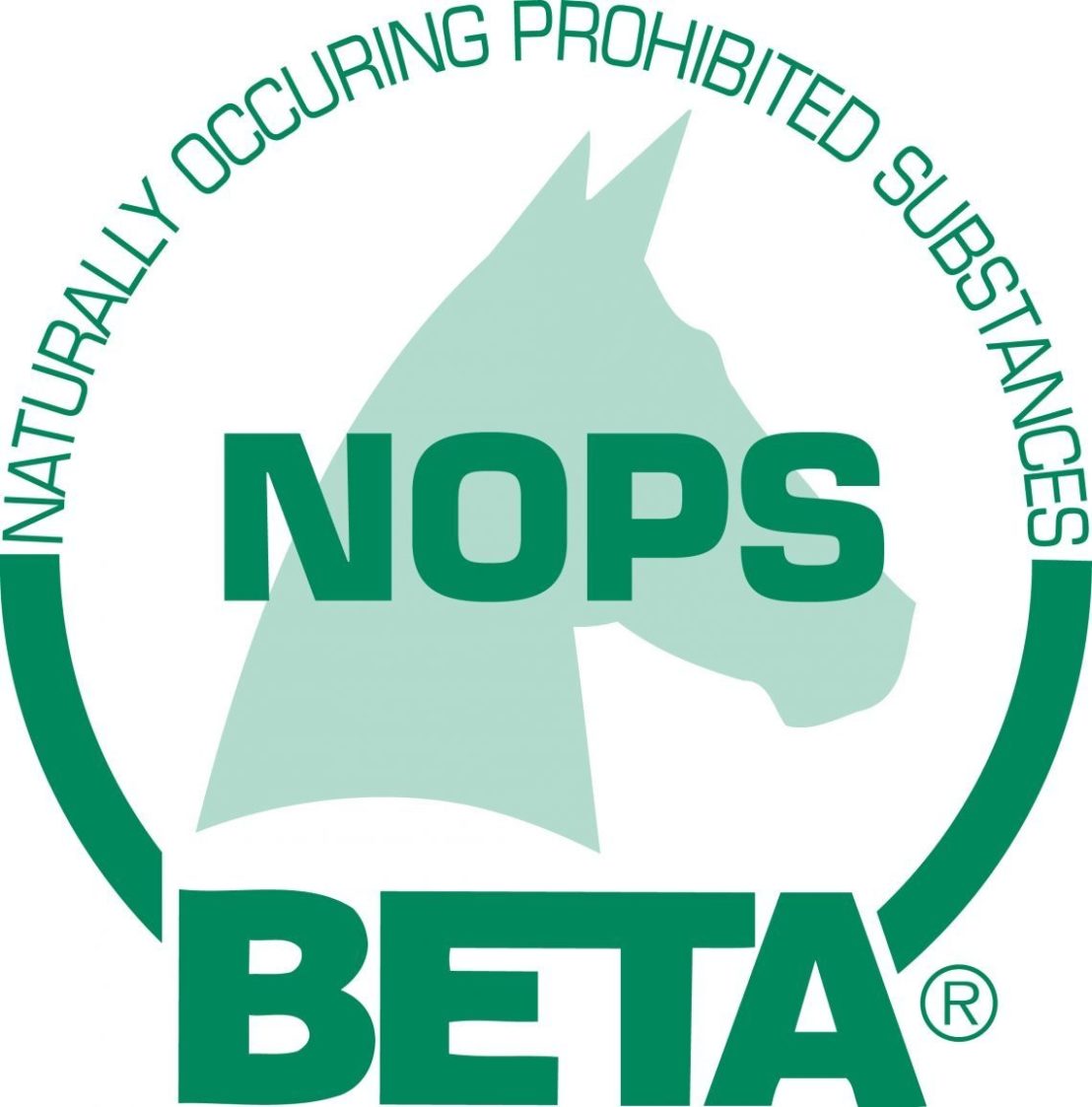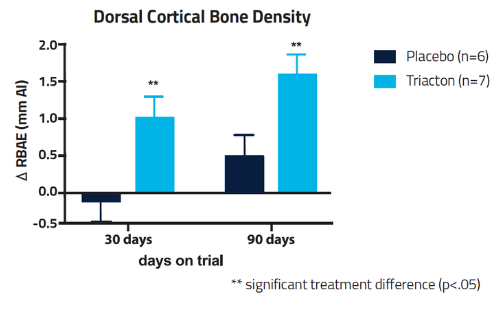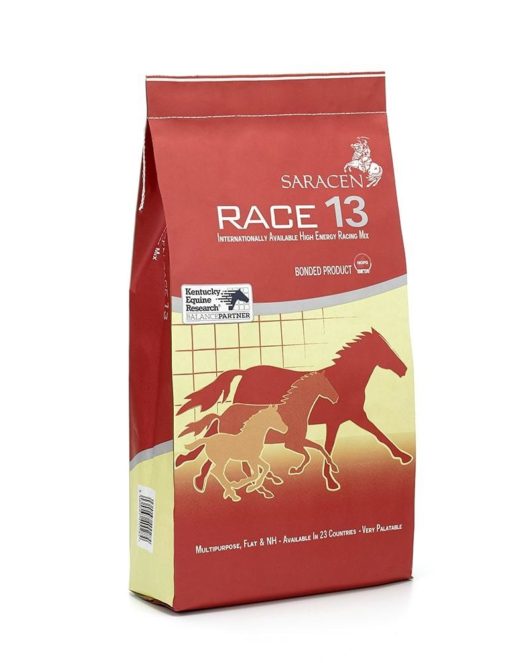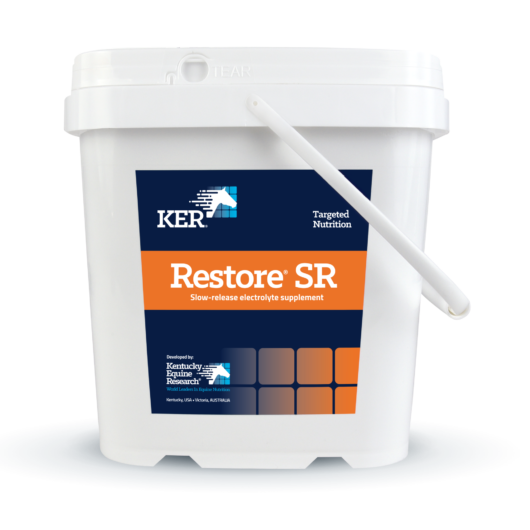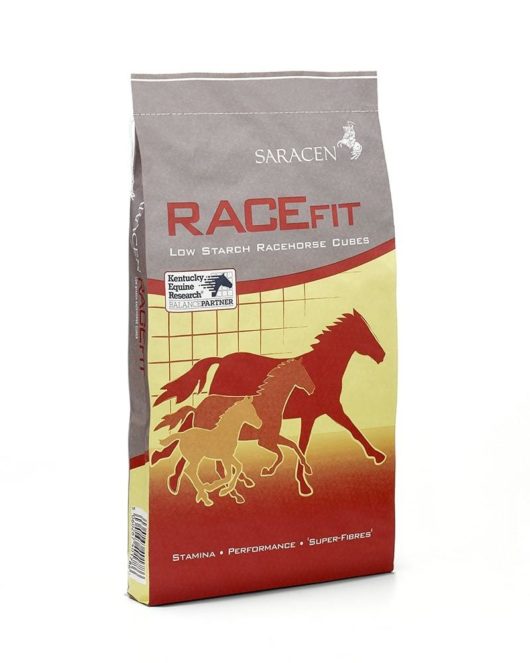BMC® and Digestive Health
BMC® has a high buffering capacity making it an important supplement, particularly for horses in training and those undergoing sales prep where hard feed intake increases and forage intake decreases. Horses in training or in prep are more likely to suffer from gastric ulceration, but BMC® is proven to double the buffering capacity of the stomach after feeding. BMC® is present in every meal of all Saracen Thoroughbred Specialist Feeds.
The prevalence of ulcers is understandably high for horses in training, which results in frequent use of omeprazole. Researchers found that omeprazole reduced calcium digestibility in mature horses by nearly 18%, but did not affect the digestibility of other nutrients. Horses routinely receiving omeprazole should have their calcium intake reviewed and may benefit from a marine-derived calcium source, which is more digestible than calcium carbonate.
BMC® also supports hindgut health through buffering acidity found within the hindgut. As thoroughbred diets require a higher intake of hard feed to meet elevated nutrient requirements, the risk for hindgut acidosis is higher. Changes in hindgut pH negatively affect the bacteria that reside in the hindgut and are responsible for digestion. Through helping to maintain the optimum pH for beneficial bacteria BMC® supports digestive function. BMC® is proven to increase the buffering capacity of the hindgut by 54%.
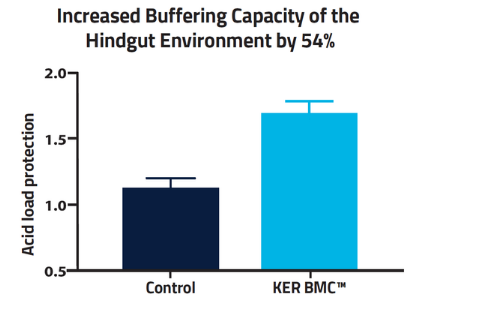
Natural Vitamin E as found in pasture has a high level of bioavailability. Natural vitamin E, also available as Nano-E™ in liquid format, is used in Saracen’s Specialist Thoroughbred Feeds to improve overall efficacy of Vitamin E in the diet. The combination of synthetic and natural vitamin E enhances the dietary effect of this important vitamin. Benefits of vitamin E include antioxidant capacity, immune function and reduced muscle soreness.
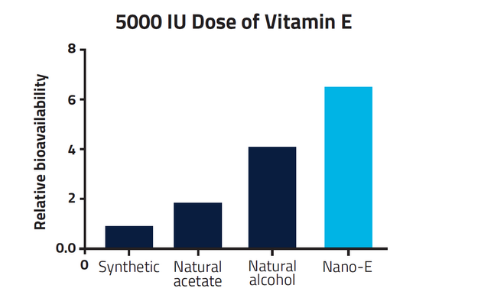
Vistacell live yeast is a proven and effective yeast specifically studied in equines. Saracen Horse Feeds contain the recommended daily intake of Vistacell yeast proven to increase digestion of both protein and fibre. The markers ADF and NDF relate to various fibrous components found within the plant cells of both grains and forages.















